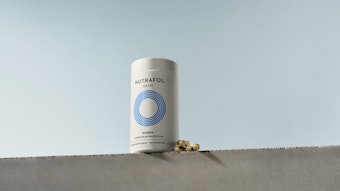New uses have been found for abaca, or Manila hemp, a species of banana which is native to the Philippines. This plant, previously only associated with rope making and handicrafts, is now being used in cosmetics, money and car parts.
The cosmetics industry is now formulating abaca into soap, shampoo, conditioner, moisturizing cream, lotion and scrub. The new uses of abaca benefit the Philippines, which produces nearly 85% of the world’s supply of the plant. The other countries producing abaca include Ecuador, Equatorial New Guinea, Costa Rica and Indonesia.
The National Abaca Research Center (NARC), based in Baybay, Leyte, keeps track of the plant’s progress and success. The center has measured the growth of abaca at 2.5 percent from 2001 to 2005. Additionally, it has reported the abaca industry to gross US$80.6 million for the Philippines, making it a country staple.
Currently, the Philippines exports the plant to many countries internationally. The United Kingdom receives 52.5% of exports, Japan receives 36 percent of exports and the United States receives 5.4 percent of the country’s abaca exports. Many of the countries who receive supplies of abaca, however, use the crop for applications other than cosmetics, but that is about to change.
The growth of abaca arrives at a key time for Filipinos. In the past few years, the abaca industry in the Philippines has been badly hit by a series of plant related viruses. Three in particular were abaca bunchy top virus, abaca mosaic and abaca bract mosaic. In an effort to combat and potentially eliminate the abaca viruses, centers such as NARC have provided technical information and support to farmers. Research is currently underway to eradicate the diseases and perpetuate the abaca crop.
Katie Schaefer, C&T Magazine
- According to The INQ7 Network










